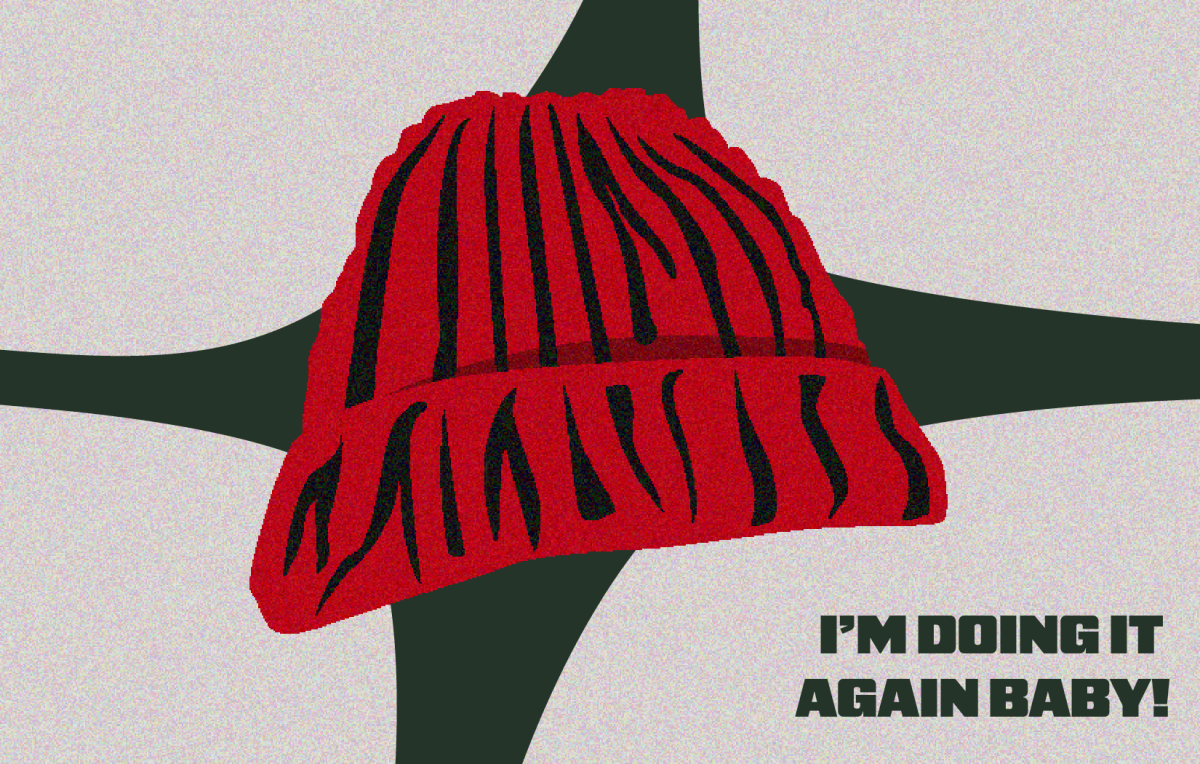SAN DIEGO-For the first time in four tries, the Utes were able to score a touchdown on the team’s first offensive possession. That was the good news for the Utes. The bad news is that quarterback Brett Ratliff’s arm did not have much to do with the Utes putting six points on the board to start the game. In fact, Brett Ratliff and the Ratliff-led passing attack of 2005 did not rear its tenacious head until the end of the third quarter.
Ratliff did complete two of his four passes for 30 yards in the opening drive, but that was the closest the Utes had to a semblance of passing attack for most of the first three quarters.
In the first half, Ratliff only completed 5 of 13 passes, but that was not what made it apparent that Ratliff was not on the same page with his receivers-it was the way in which the majority of those passes were thrown.
“I was just missing throws; we had guys open and I made some bad throws.” Ratliff said. “I just have to be more on top of my game.”
Ratliff scattered a combination of under-thrown and over-thrown through much of the first three quarters. Although he did throw a couple of passes for more than 15-yard gains, even his completions sometimes left receivers out to dry as they were forced to fully extend with defensive backs closing on the U wideouts quickly.
Part of the reason Ratliff may have struggled so much early on is the irregularity with which the Utes offense got on the field early in the game.
“I think the biggest thing is we went out and scored, and then we sat there for so long,” Ratliff said. “We scored in like four minutes or something, and then we sat there for the rest of the first quarter. It just kind of got me out of sync with my game.”
It’s not that Ratliff was complaining about the defensive effort, but to Ratliff’s credit, San Diego State’s first drive took more than seven-and-a-half minutes off the game clock. The lengthy drive, combined with the two SDSU timeouts, elapsed nearly 15 minutes of real time between the U’s first and second offensive possessions. The extended wait clearly affected Ratliff’s timing, as he only connected on three of his final nine passes in the first half.
It wasn’t until late in the third quarter, when Ratliff threw a strike to Derrick Richards on a Utah third-and-10 play, that the Utes’ quarterback looked like the quarterback who stepped up and led the U to dominant wins over arch-rival BYU and Georgia Tech to close out the 2005 season.
Although the pass to Richards did not immediately transform Ratliff into the machine he was at the end of 2005, it was evident that a switch went off in No. 15’s head.
In the next Utah possession, Ratliff uncorked a more familiar side of his football skills. Ratliff’s arm led the Utes down the field with back-to-back completions of 18 and 16 yards to Richards and Marquis Wilson, respectively. Ratliff capped off the six-play, 60-yard touchdown drive with an 18-yard touchdown pass to Darryl Poston to solidify the Utes’ lead at 28-7.
Ratliff should also be credited with the fact that he is not one-dimensional. Ratliff was able to use his feet at time to sustain a few scoring drives. His decision-making also was a plus when the Utes decided to run the triple option. Ratliff nearly lead the Utes in rushing for a second consecutive week with 45 yards on six carries, and not one of his passes ended in an interception. But his rushing and turnover-free performance does not erase the importance for the Utes’ establishing its passing attack earlier and more often than it did against San Diego State.
“The only thing (negative) I can see is the efficiency in the throw game was not good enough. We’ve got to improve upon that,” said head coach Kyle Whittingham after the game. “They (SDSU) had something to do with it. They’ve got some good players in their secondary, but we’ve just got to be more efficient.”
In the three games against Division I-A opponents this year, Ratliff has failed to pass for more than 182 yards in any game. Part of the reason can be attributed to the Utes’ desire to establish the running game to open up the passing game, but clearly against San Diego State, Ratliff did not look to be throwing the ball with his customary rhythm.
Luckily for the offense, a certain No. 32 was able to give the Utes a two-touchdown cushion to buffer the fact that the Utes went nearly two full quarters without an offensive score. It is clear that nobody understands better than Ratliff how important it is for the U’s passing game to get on track, and to get on track quickly.
Ratliff and his offense will have one week to figure out how to get on the same page offensively so it doesn’t need to rely on the defense to put points on the board. With the potent offense of the Boise State Broncos coming into Rice-Eccles Stadium, the potential for an offensive slugfest is more evident than in weeks past.











